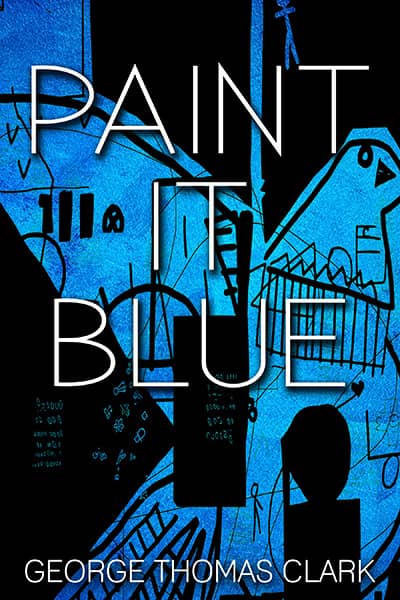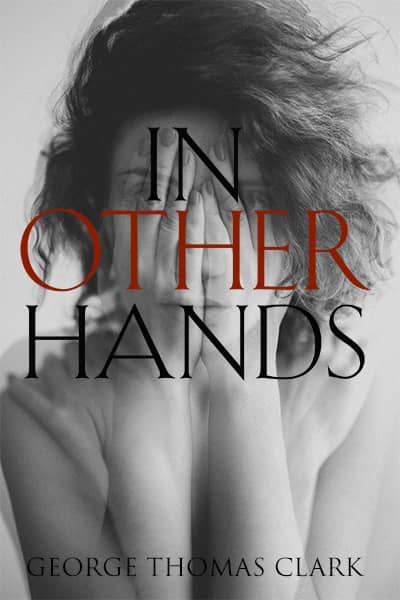Guy Rose Paints a Peasant
December 26, 2015
“Pardon me, Madame,” I say in French to a lady framed in the Crocker Art Museum. “May I ask you a few questions?”
“You can see I’m busy, I reckon.”
“Yes, but you’ve been at this task a long time and I thought you could take a little break.”
“I’ll keep working, go ahead and ask.”
The label notes this Guy Rose painting from 1890 is titled Food for the Laborers. A peasant woman sits heavily and forward in her chair, and a gold-colored pan on the floor holds vegetables she’ll cut. She’s already been cutting with the knife in her right hand. A frying pan’s hot on an open fire in a darkened room dreary as her hair wrapped in a soiled off-white cap. She’s wearing a long work-skirt the same color and a saggy blue blouse.
“I’ve never seen a Guy Rose painting at all like this,” I say.
“I’ve never seen this one or any other.”
“Later, he usually painted seascapes and landscapes as well as commission portraits of perfect young ladies. He lived in Giverny for several years and was a good friend of Claude Monet, you know.”
“I don’t know or care anything about men who made lots of money painting pretty pictures for rich people. But I wondered why he’d want to paint me working here.”
“He made a great artistic decision, painting realistically instead of fantasies of young women and nature at its most sublime.”
“Probably didn’t make much money on this one.”
“At the time, probably not. He evidently got away from psychologically penetrating scenes by the twentieth century. I wish he’d continued like this. He was only about twenty-three.”
“I remember he was a young fellow, an American who spoke passable French.”
“Did he seem unhealthy? When he was a kid one of his brothers accidentally shot him in the face while they hunted in California.”
“He looked a little off.”
“I think that affected him all his life. Back in the United States, a stroke paralyzed him in his mid-fifties and he died a few years later. How did your life work out?”
“About like you’d expect.”














